Thelocactus setispinus Summary:
Thelocactus setispinus, commonly referred to as the Miniature Barrel Cactus, is a small globular cactus endemic to the arid regions of northeastern Mexico. Boasting a distinct appearance, its solitary green stem is covered in conical tubercles from which arise long, thin spines. In the late spring to early summer, this cactus showcases its resilience by producing vibrant, showy flowers in hues of pink or sometimes white, a stark contrast to its rugged surroundings.
Thelocactus setispinus: The Miniature Barrel Cactus
Thelocactus setispinus stands as a testament to the adaptability and resilience of desert flora, captivating onlookers with its structural beauty and vibrant blooms. Its presence in collections and gardens has piqued interest in its origins, varied names, and inherent characteristics that allow it to thrive in some of the harshest environments.
Origin and Distribution
Native to the arid terrains of northeastern Mexico, particularly in the states of Coahuila, Nuevo León, and Tamaulipas, the Miniature Barrel Cactus thrives in rocky and limestone-rich soils. The rugged landscapes of these regions provide the perfect backdrop for this resilient species. Cactus Art offers a detailed map and further insights into its distribution.
Common Names
Beyond its scientific nomenclature, Thelocactus setispinus is often colloquially referred to as the Miniature Barrel Cactus, owing to its compact and barrel-like structure. However, in some regions and among different communities, it might also be known as Hedgehog Cactus or Spiny Disk Cactus. Such names often draw inspiration from the plant’s physical attributes or its likeness to other familiar objects. A detailed list of cactus names can be found at LLIFLE.
Thelocactus setispinus: Physical Description
The allure of Thelocactus setispinus is undeniably rooted in its physical characteristics. From its unique growth habit to its vibrant blooms, every feature plays a role in its survival and appeal.
Growth Habit
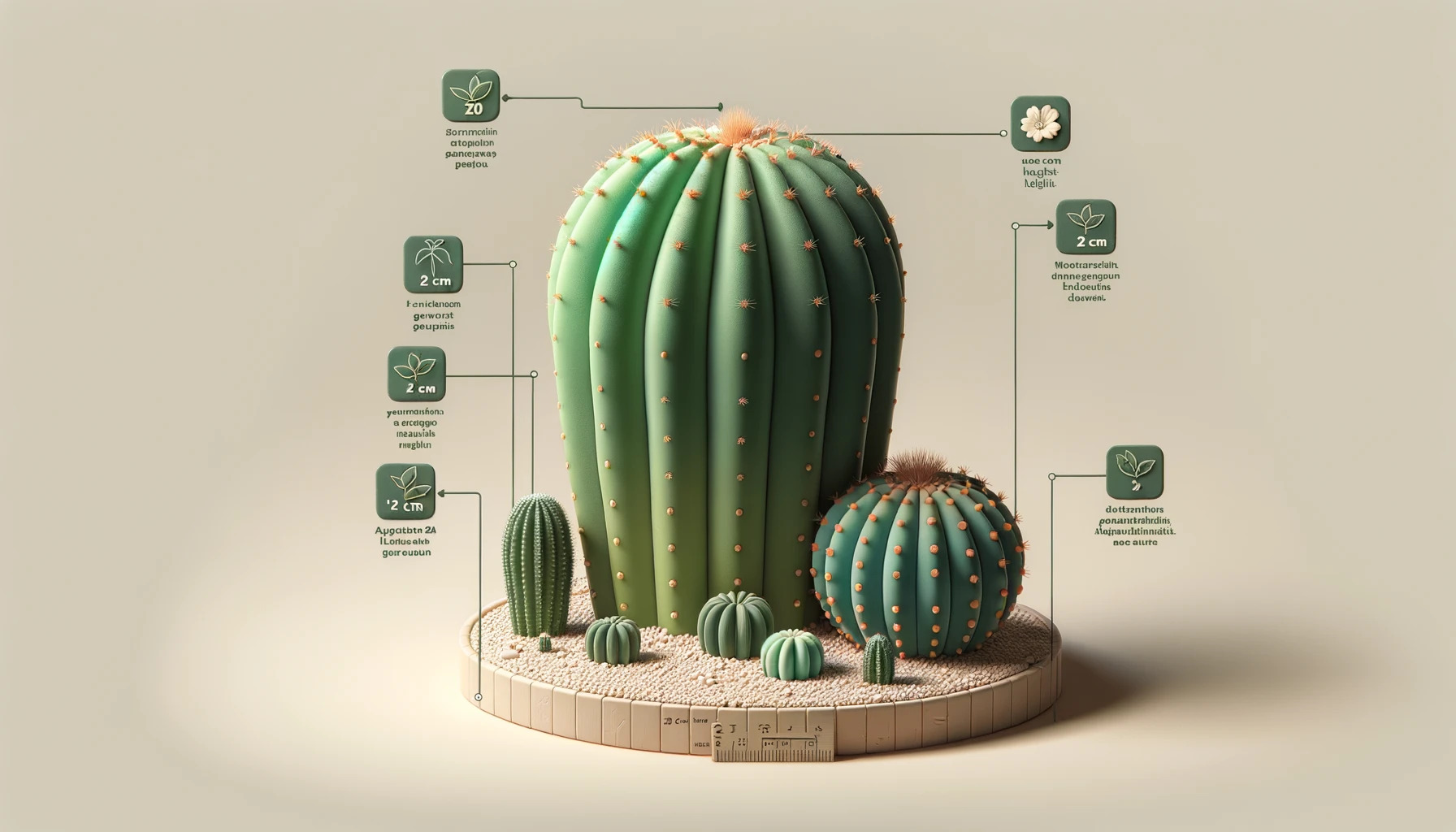
As a slow-growing cactus, Thelocactus setispinus typically exhibits a solitary, globular growth pattern, especially in its younger stages. With age, it might elongate, taking on a more cylindrical shape. Mature specimens can reach up to 20 cm in height and 12 cm in diameter. Its compact size and shape are further detailed at Cactus Art.
Stem Characteristics
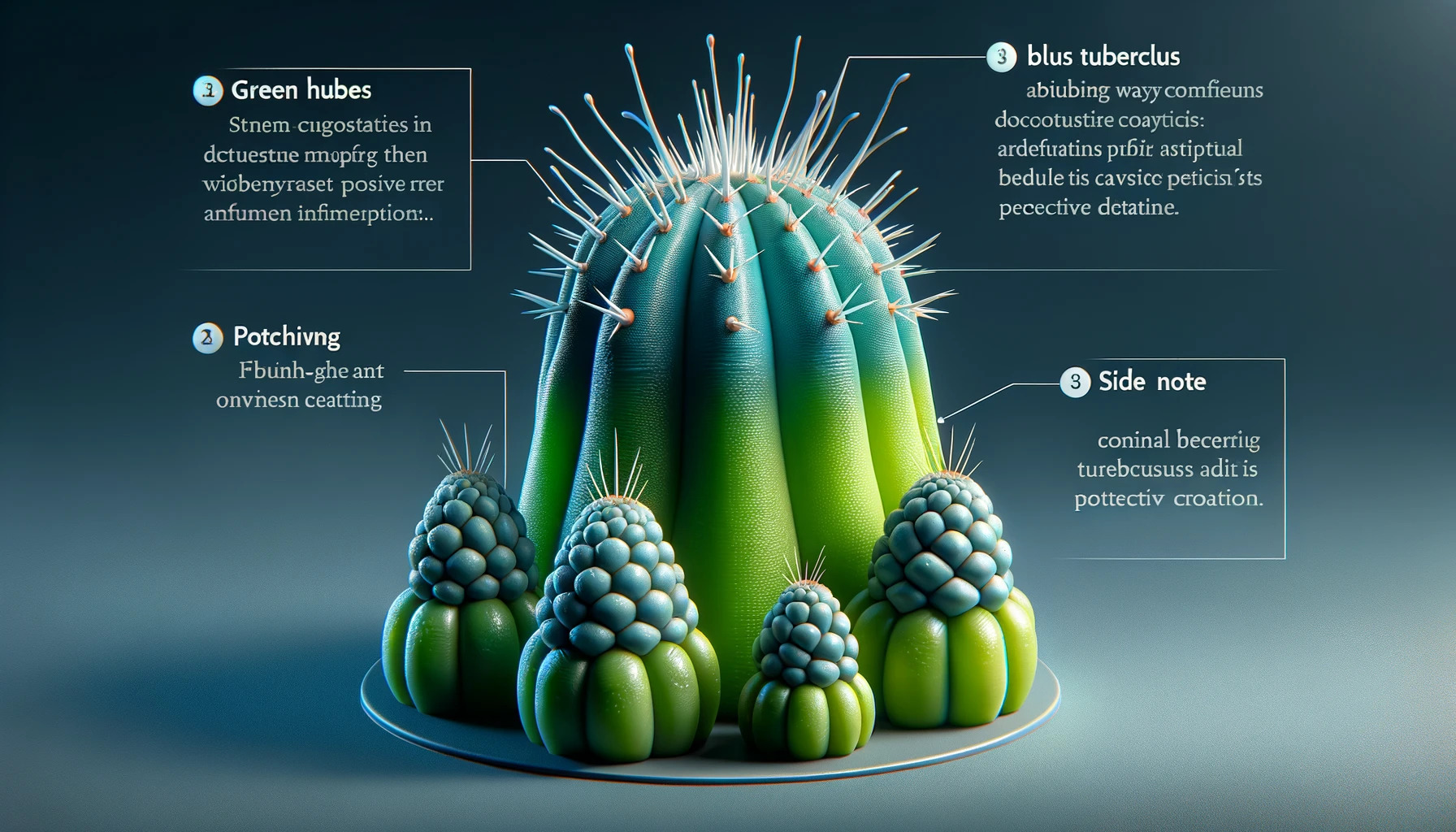
The stem, clothed in a green hue, often exhibits a bluish-gray tinge due to a protective waxy coating. This coating aids in water conservation and reflects excessive sunlight, ensuring the plant’s survival in high-temperature environments. The stem’s surface is adorned with conical tubercles, providing it with a textured appearance.
Spination
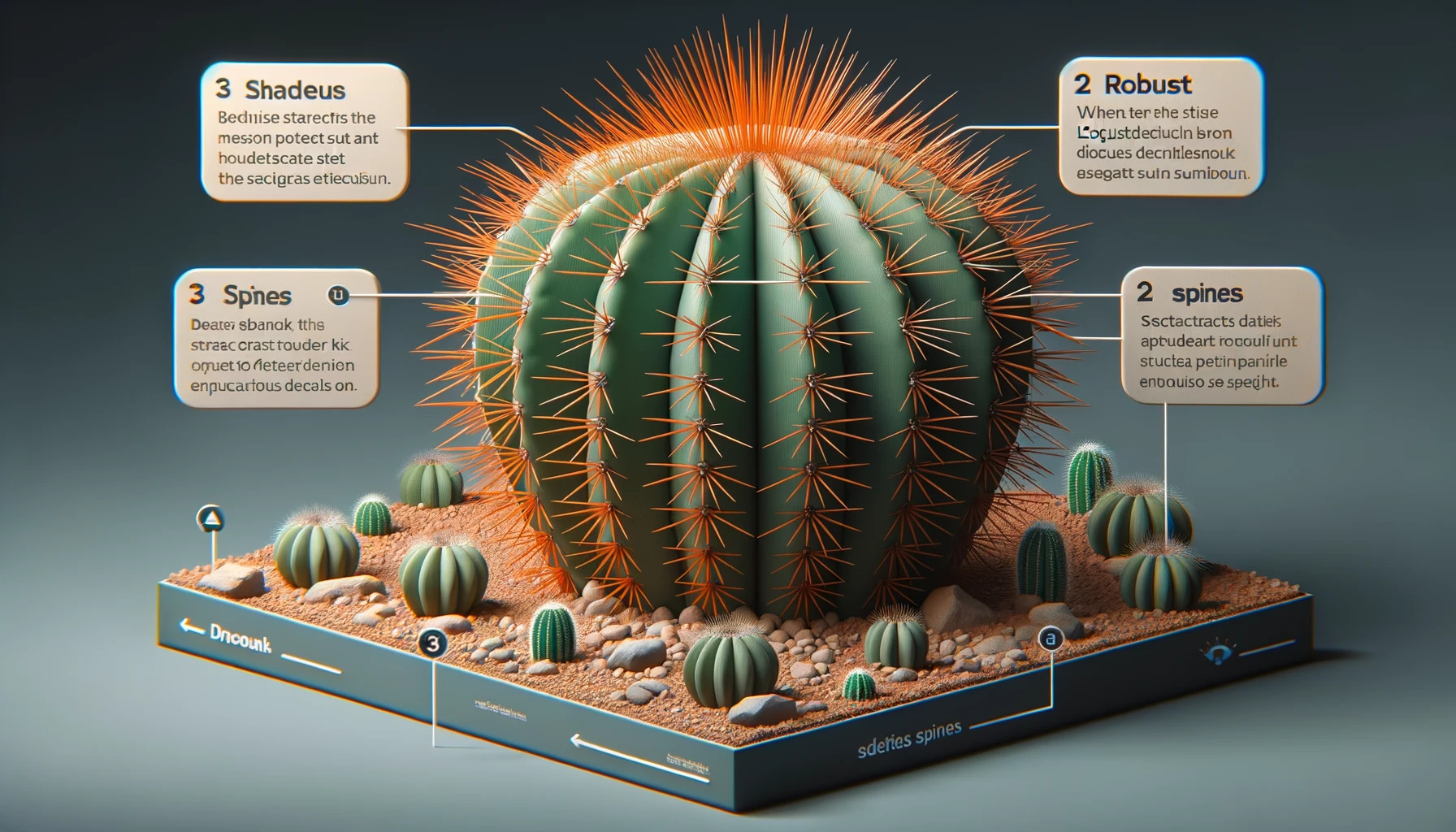
One of the defining features of Thelocactus setispinus is its impressive spination. Arising from areoles on the tubercles, these spines range from thin, white bristles to thicker, more robust reddish-brown ones. Their primary function, aside from a means of defense, is to provide shade to the stem, reducing water evaporation and protecting from the sun’s intensity.
Flowering and Fruiting

Spring to early summer witnesses this cactus in its full glory, as it produces large, showy flowers that range from soft pinks to radiant whites. These blossoms are a stark contrast to the spiny exterior and serve as a pollination strategy, attracting various desert pollinators. Post-pollination, the cactus produces fleshy fruits that house seeds, ensuring the continuation of the species. Further insights on its reproduction can be found at LLIFLE.
Thelocactus setispinus: Ecological Adaptations
In the harsh conditions of its native habitat, the Thelocactus setispinus has developed a suite of adaptations to ensure its survival. These evolutionary modifications are fascinating examples of nature’s ingenuity, allowing the plant to thrive where many others might falter.
Water Conservation
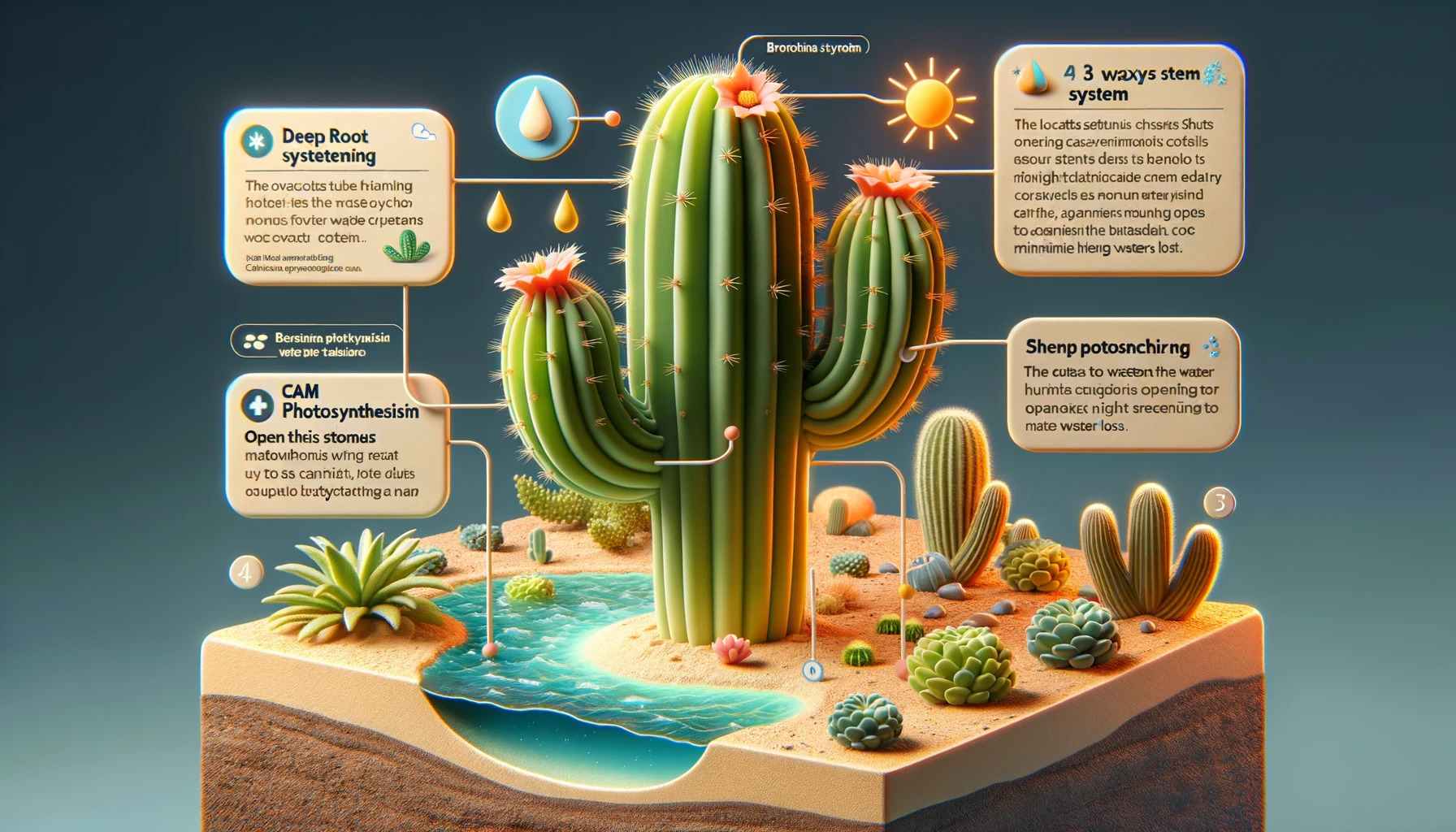
In an environment where water is a luxury, the Miniature Barrel Cactus has adopted several strategies to conserve this precious resource. Its waxy stem coating reduces water loss through transpiration, while its deep and extensive root system can quickly absorb rainfall. Additionally, the plant’s CAM (Crassulacean Acid Metabolism) photosynthesis allows it to open its stomata at night, reducing water loss that would occur from daytime heat. More on CAM photosynthesis can be explored at Britannica.
Just as we might wear a hat or sunscreen to protect against the sun, Thelocactus setispinus has its own mechanisms for sun defense. Its spines provide shade, reducing the sun’s direct impact on the stem, while the blue-gray waxy coat on the stem reflects sunlight, preventing overheating and sunburn. This natural sunscreen ensures the cactus maintains its internal cellular structure and avoids excessive water loss.
Reproductive Strategies
For a species to persist in challenging environments, effective reproduction is essential. The vibrant flowers of the Miniature Barrel Cactus serve as beacons to attract pollinators like bees and moths. Once pollinated, the plant produces fruits containing seeds, which are dispersed by animals or natural elements like wind. The hardy seed coat ensures they remain viable until conditions are right for germination. A closer look at desert plant reproductive strategies can be found at The Arizona-Sonora Desert Museum.
Thelocactus setispinus: Cultivation and Care
While the Thelocactus setispinus is an emblem of resilience in the wild, cultivating it in gardens or indoors requires a keen understanding of its natural habitat and preferences. Adhering to these requirements ensures the plant not only survives but thrives in artificial settings.
Soil and Watering Needs for Thelocactus setispinus
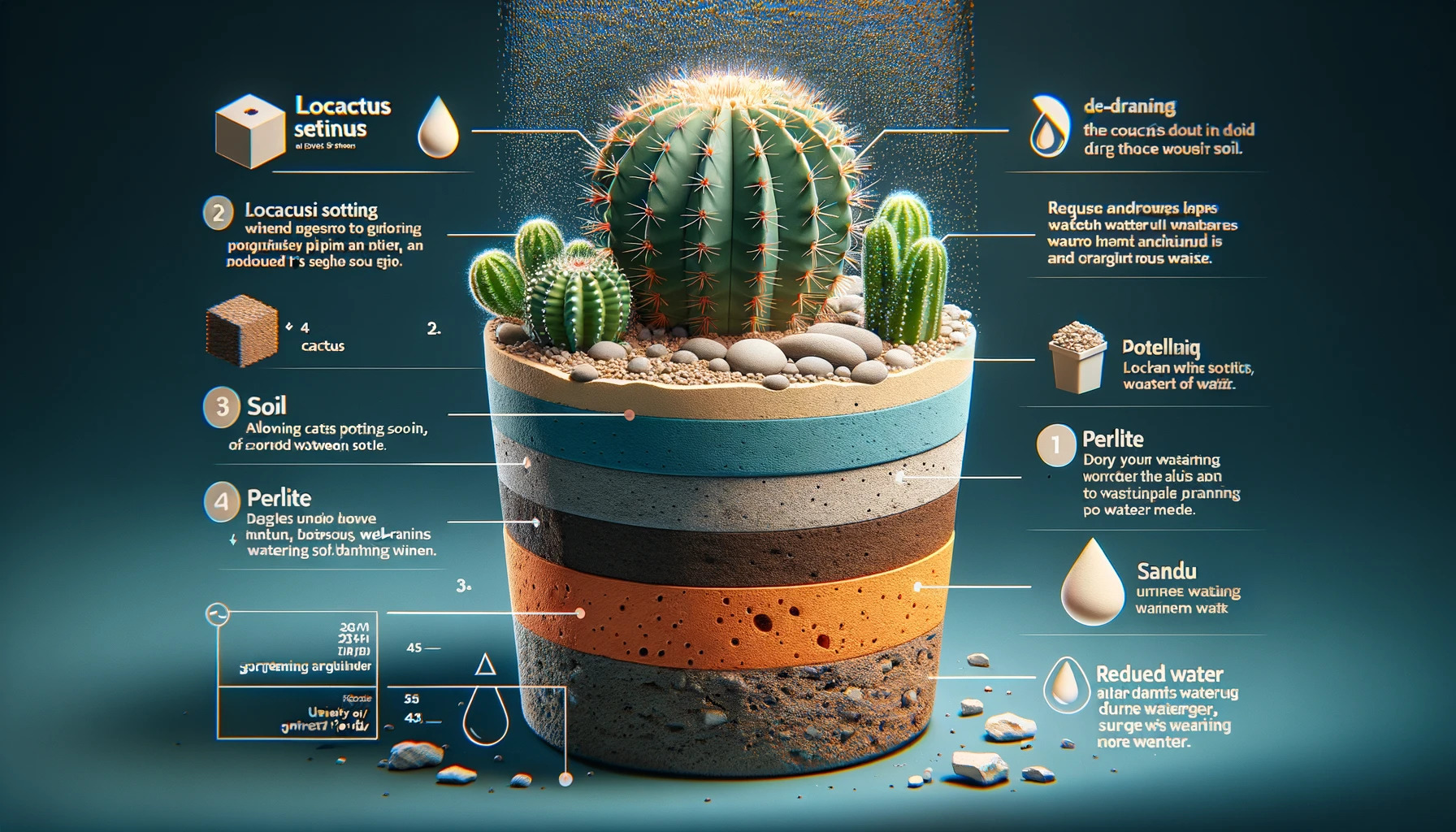
The Miniature Barrel Cactus prefers well-draining soil to mimic its native rocky terrains. A mix of standard cactus potting soil with added perlite or sand can provide the necessary drainage. Overwatering is a common pitfall; thus, it’s essential to let the soil dry out between watering sessions. During its dormant winter period, the watering should be reduced significantly. More on cactus soil and watering can be referenced at The University of Florida’s Gardening Solutions.
Light and Temperature Preferences
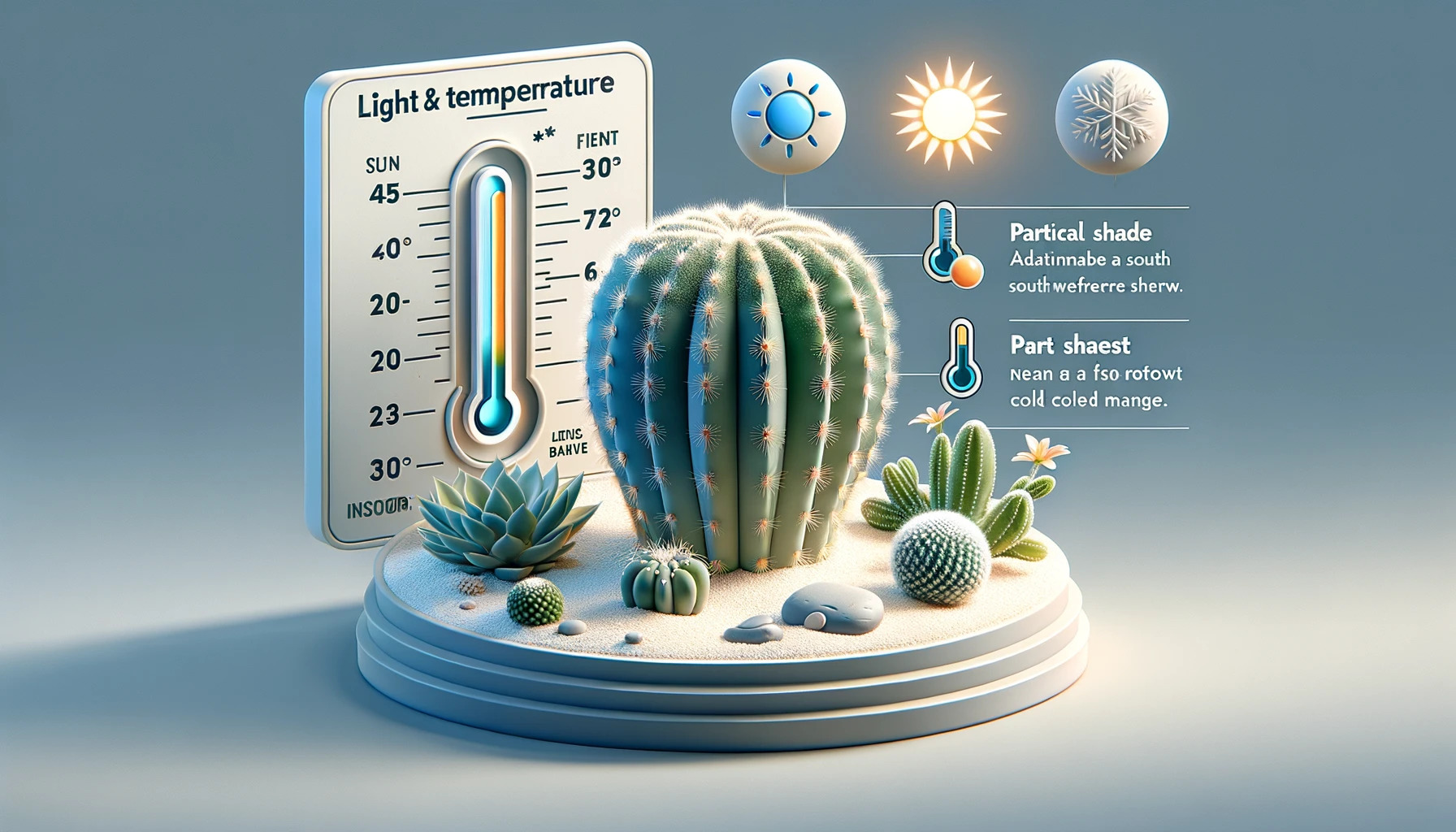
Thelocactus setispinus flourishes under full sun to partial shade conditions. If grown indoors, placing it by a south or west-facing window ensures adequate sunlight. Temperature-wise, while it’s tolerant of heat, it prefers temperatures between 70°F to 100°F (21°C to 37°C). In winter, it’s crucial to protect the cactus from frost, as it can damage the plant. The Cactus and Succulent Society of America offers more on the light needs of cacti.
Potential Pests and Diseases
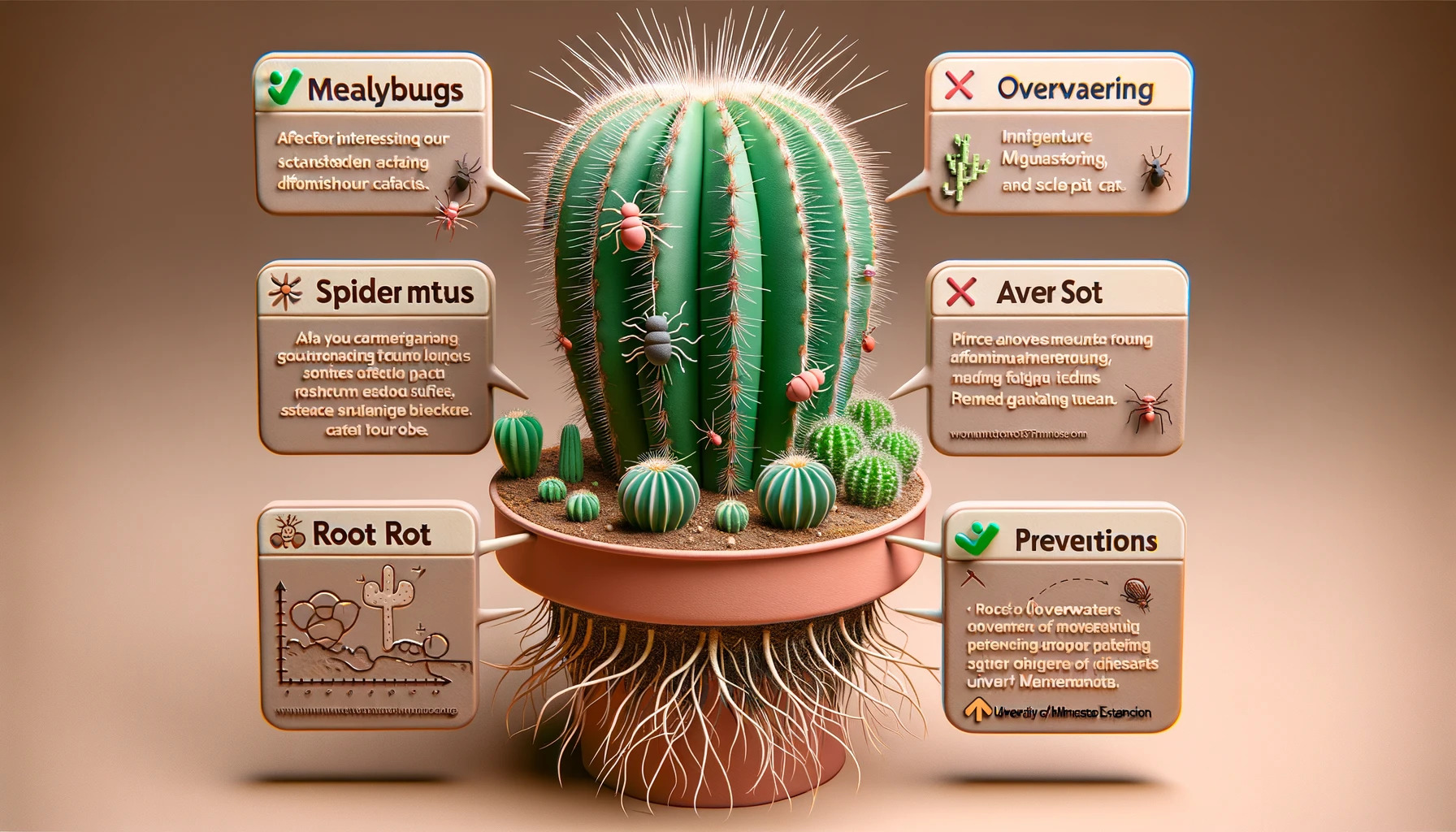
While generally hardy, the Miniature Barrel Cactus isn’t entirely immune to pests or diseases. Common threats include mealybugs, spider mites, and scale insects. Overwatering or poor drainage can lead to root rot, a fungal disease that can be fatal if not addressed promptly. Regular inspections and ensuring optimal care conditions can prevent most of these issues. A comprehensive guide on cactus pests and diseases is available at The University of Minnesota Extension.
Thelocactus setispinus: Conservation Status
The Thelocactus setispinus, like many desert species, faces challenges in its native habitats due to a variety of human-induced and natural factors. Understanding its conservation status and the efforts underway to protect it sheds light on the broader topic of desert ecosystem preservation.
Threats to Thelocactus setispinus
Several factors threaten the natural populations of the Miniature Barrel Cactus. Habitat destruction, driven by urban development, agriculture, and mining, has led to a decline in its numbers. Overcollection by plant enthusiasts, without sustainable harvesting practices, further strains the populations. Additionally, climate change, altering precipitation patterns and temperatures, impacts the delicate balance of its arid habitat. A detailed assessment of threats to cacti can be found at the IUCN Red List.
Conservation Efforts
Recognizing the threats to Thelocactus setispinus, conservationists and governments have initiated measures to protect it. These include designating protected areas where the cactus can grow without human interference and regulating its collection and trade. Many botanic gardens and organizations also support its conservation through seed banking and cultivation, ensuring its preservation for future generations. More information on plant conservation strategies is available
Uses and Significance
The Thelocactus setispinus isn’t just a marvel of ecological adaptation; it holds value in various spheres of human life. From gardens to cultural narratives, its presence and symbolism are notable.
Ornamental Use
Given its unique appearance and vibrant flowers, the Miniature Barrel Cactus is a popular choice among gardeners and cactus enthusiasts. It is often used in rock gardens, desert landscapes, and as a potted plant for indoor displays. Its compact size and minimal care requirements make it a favored addition to modern homes and offices. Further gardening tips and ornamental uses can be explored at American Meadows.
Cultural and Historical Importance
The cacti family, including Thelocactus setispinus, often holds spiritual and cultural significance in native communities. They may symbolize resilience, endurance, and protection due to their thorny exterior and ability to thrive in challenging environments. In various indigenous tales and lore, cacti have been referenced as guardians of the desert or as symbols of life’s persistence against odds. An exploration of the cultural significance of cacti can be found at Native Land Digital, detailing indigenous stories and relationships with the land.
Thelocactus setispinus: Conclusion
The journey of understanding the Thelocactus setispinus reveals much more than the intricacies of a single cactus species. It paints a portrait of resilience, adaptation, and the intricate dance between nature and culture. The Miniature Barrel Cactus, with its spiky exterior and radiant flowers, stands as a testament to nature’s ability to flourish in the harshest conditions. For gardeners, conservationists, and enthusiasts alike, it serves as a reminder of the delicate balance of ecosystems and the significance of every species within it. As we continue to engage with and appreciate the natural world, let the story of this cactus inspire a deeper respect and commitment to preserving the planet’s diverse wonders.
Founder of CactusClassification.science, David has dedicated years to studying and documenting the diverse world of cacti. Hailing from Arizona, his passion is rooted in the desert landscapes of his childhood. Through this website, David offers insights into cactus taxonomy and care, bridging the gap between scientific research and everyday enthusiasts.

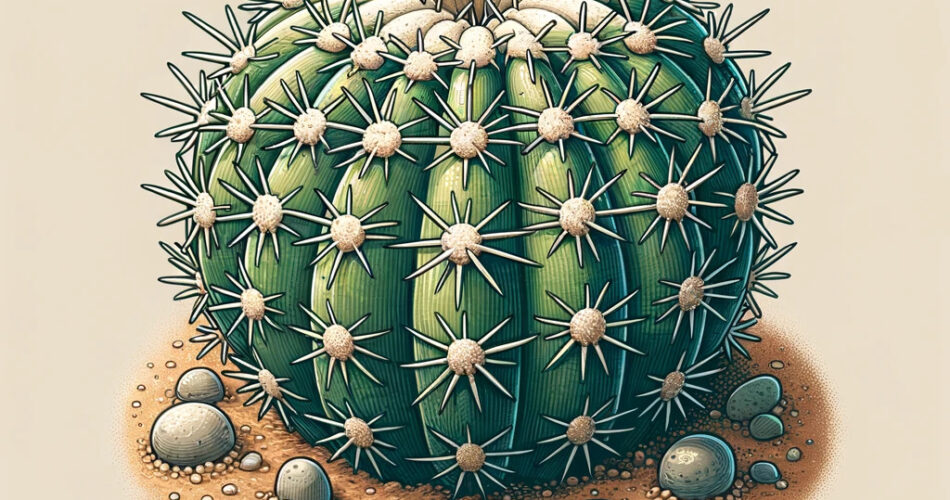
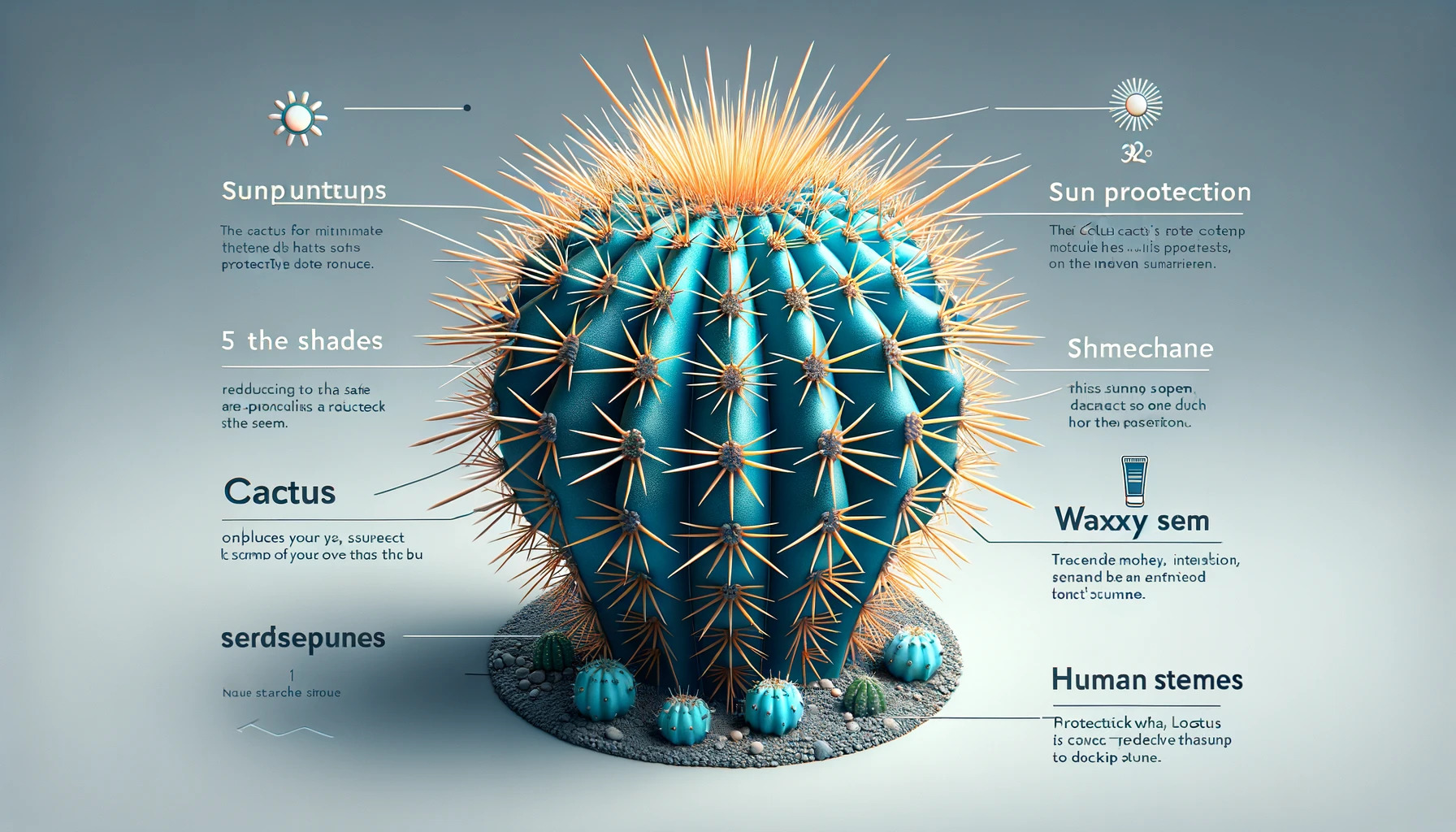

Comments